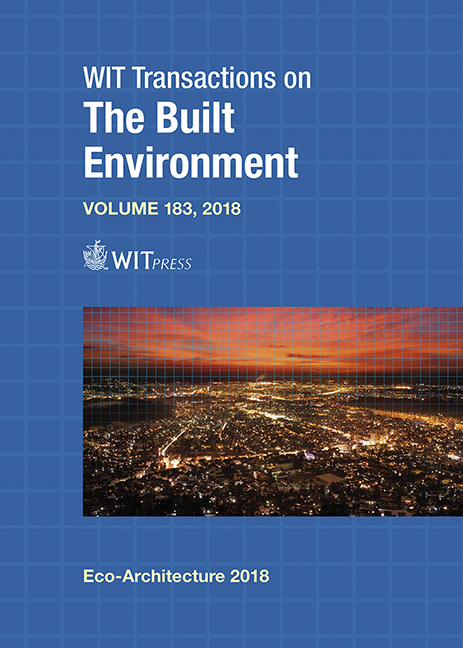INNOVATIVE CIRCULAR SOLUTIONS AND SERVICES FOR NEW BUILDINGS AND REFURBISHMENTS
Price
Free (open access)
Transaction
Volume
183
Pages
9
Page Range
83 - 91
Published
2019
Paper DOI
10.2495/ARC180081
Copyright
WIT Press
Author(s)
GAETANO BERTINO, FRANCESCO MENCONI, ANDREA ZRAUNIG, EDUARDO TERZIDIS, JOHANNES KISSER
Abstract
The housing sector is responsible for more than 50% of global resource extraction, about 50% of world energy consumption, 1/3 of water consumption and furthermore generates about 1/3 of all produced waste. A new, circular approach is needed to enable better decision-making on the selection of innovative architectural solutions for all phases of a building’s life cycle. The current building sector’s business model must be redesigned to include the application of new and improved methods, solutions and innovative services, and advance a positive transition from a linear economy to a circular economy. We will present the circular interventions carried out on a centenary building located in Vienna in the framework of the HOUSEFUL project. HOUSEFUL is an EU-funded initiative with the objective to develop and demonstrate integrated circular services, focusing on the optimal management of resources throughout the life cycle of new or existing buildings. The demonstration will include technologies to circulate all process flows while reducing the overall energy demand. These technologies will be offered as integrated services to produce treated rain and wastewater for internal reuse, the generation of renewable energy from biogas, compost production combined with urban gardening and for the use of nutrients in a greenhouse. The design of more efficient processes, such as green walls, innovative conservatories, building-integrated solar thermal and photovoltaic panels will improve building energy efficiency. All process flows will be intensely monitored to ensure safety and collect data for further replication cases. The solutions will also include the use of sustainable and upcycled materials and the implementation will be based on the principles of reversibility and de-constructability. The final services of the building will be elaborated in co-creation workshops with a multitude of stakeholders. Additional service-oriented modelling facilitates replication for the transition to the circular housing sector.
Keywords
circular economy, service-driven business models, nature-based solutions, innovative use of secondary resources, technological innovation, resource and energy efficiency





